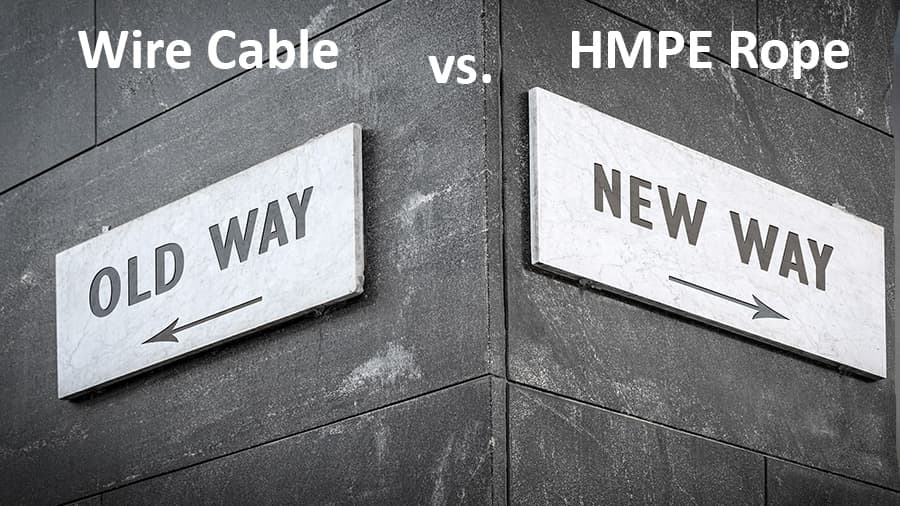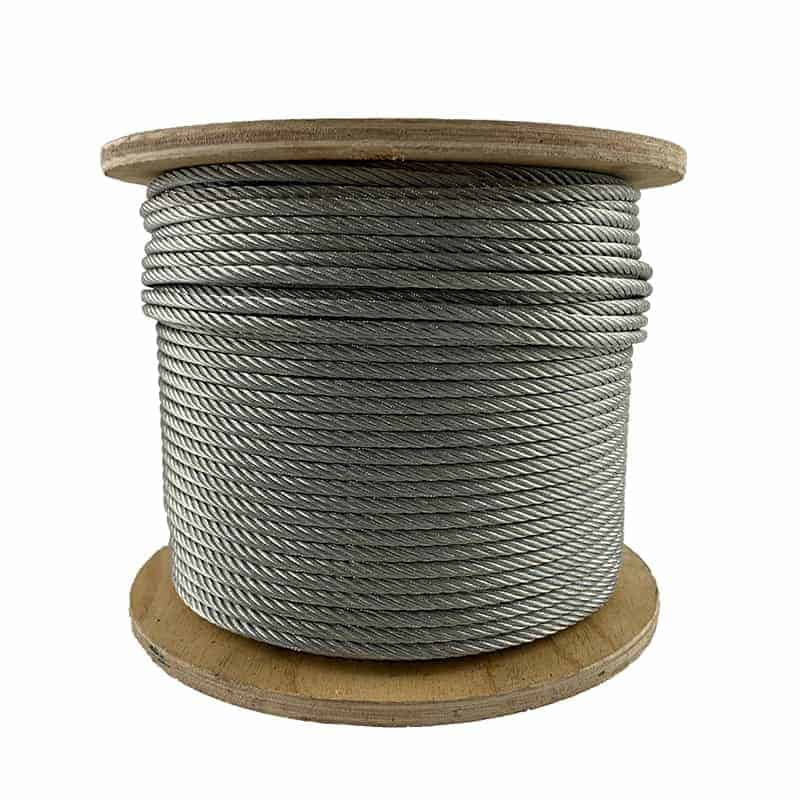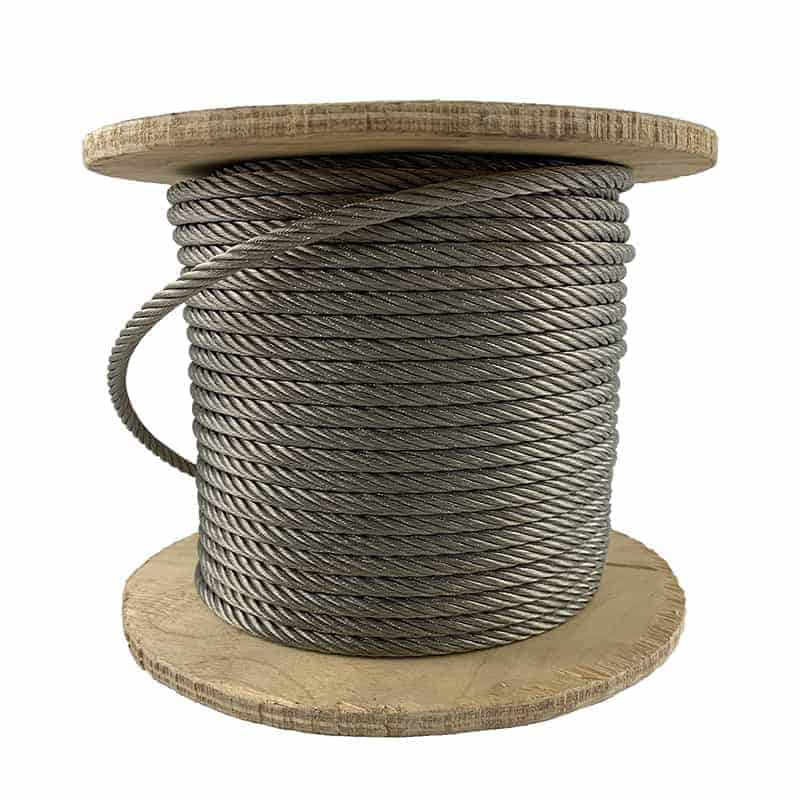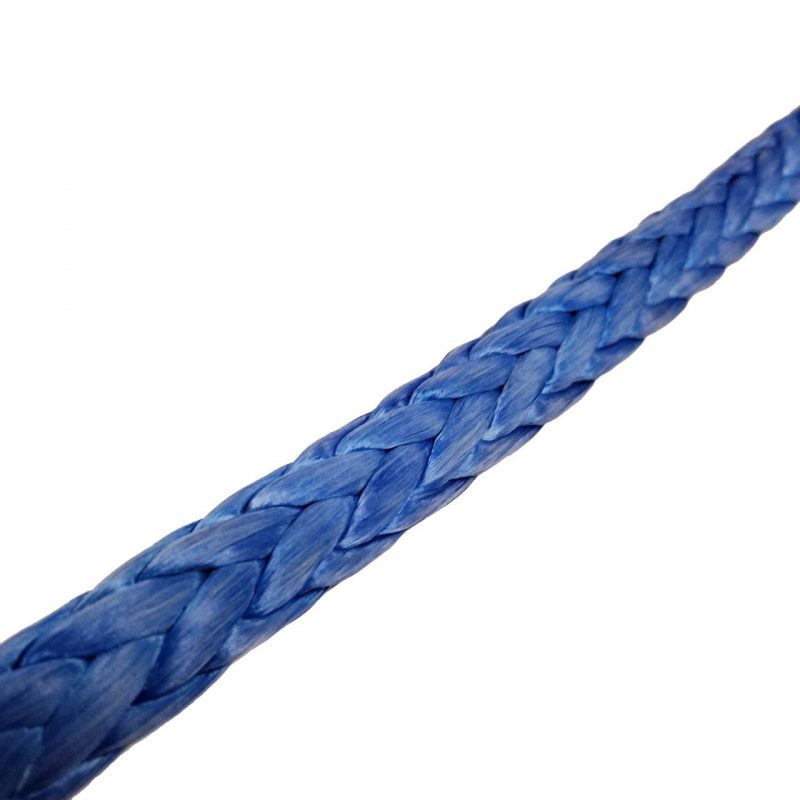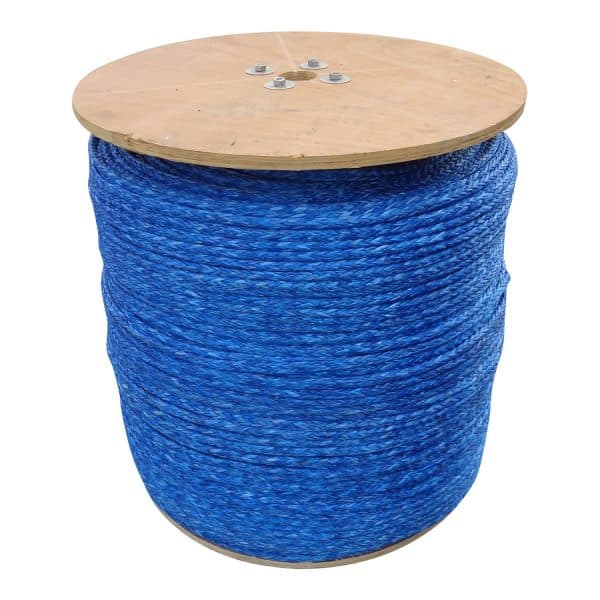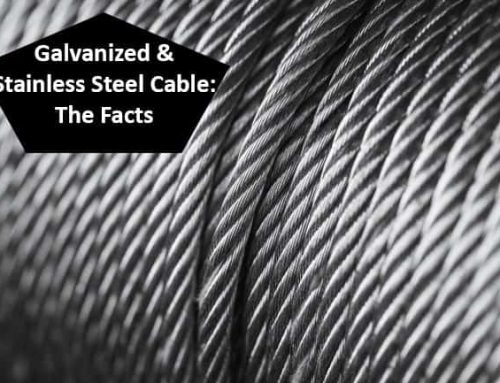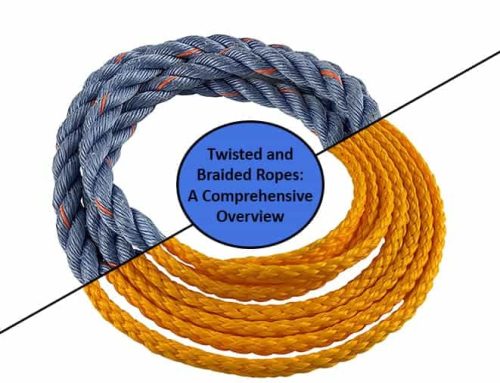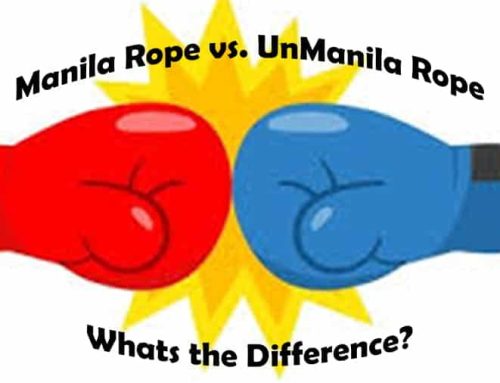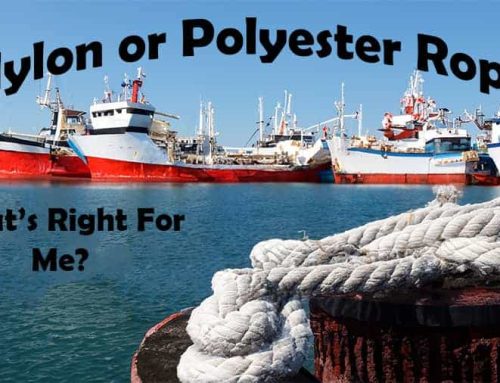In the realm of ropes and cables, two materials stand out as front-runners: HMPE Rope and Wire Cable. While both serve the purpose of securing, lifting, and transporting heavy loads, they possess distinct characteristics that cater to different applications. This blog post delves into the intricacies of HMPE rope and wire cable, exploring their strengths, weaknesses, and suitability for various scenarios.
Wire Cable: The Tried-and-Trusted Standard
Wire cable, also known as steel wire rope, has been a mainstay in industrial and marine applications for centuries. It is constructed from galvanized steel wires twisted together to form strands, which are then further twisted to create the final cable. Wire cable offers a balance of strength, durability, and cost-effectiveness.
Advantages of Wire Cable:
-
Established Reliability: Long history of proven performance in demanding applications.
-
Cost-Effective: Generally less expensive than HMPE rope, making it a more economical choice for certain applications.
-
Resistance to UV Damage: Is not susceptible to UV degradation like HMPE rope.
-
Durability: Can withstand harsh environments and extreme conditions.
Disadvantages of Wire Cable:
-
Lower Strength-to-Weight Ratio: Has a lower strength-to-weight ratio compared to HMPE rope, making it heavier for the same level of strength.
-
Reduced Flexibility: Less flexible than HMPE rope, making it more difficult to knot and manipulate in tight spaces.
-
Susceptibility to Corrosion: Prone to corrosion in saltwater environments, requiring regular maintenance to extend its lifespan.
Applications of Wire Cable:
HMPE Rope: The Lightweight Heavyweight 
HMPE rope, also known as high molecular weight polyethylene (HMWPE) rope, is a marvel of modern engineering. It is crafted from polyethylene fibers, which are drawn to extreme lengths, resulting in an exceptionally strong and lightweight material. Often referred to as the “world’s strongest rope,” this rope boasts a strength-to-weight ratio that surpasses steel.
HMPE and Dyneema are two terms that are often used interchangeably, but there is a subtle difference between the two. Dyneema is a brand name for ultra-high molecular weight polyethylene (UHMWPE). In other words, all Dyneema fibers are HMPE, but not all HMPE fibers are Dyneema.
Advantages of HMPE Rope:
-
Unparalleled Strength: Significantly stronger than steel wire cable of the same diameter, making it ideal for lifting and securing heavy loads.
-
Lightweight: Remarkably lightweight, weighing up to 80% less than steel wire cable of the same strength. This attribute makes it particularly valuable for applications where weight is a critical factor.
-
Excellent Flexibility: Exceptionally flexible, making it easy to knot, handle, and manipulate in tight spaces.
-
Low Stretch: Exhibits minimal stretch under load, ensuring reliable performance and precision in critical applications.
-
Superior Abrasion Resistance: Offers exceptional abrasion resistance, making it suitable for applications where the rope is likely to rub against surfaces.
Disadvantages of HMPE Rope:
-
Higher Cost: Generally more expensive than steel wire cable due to its advanced manufacturing process and superior properties.
-
Susceptibility to UV Damage: Prolonged exposure to ultraviolet radiation can degrade HMPE rope, reducing its strength and lifespan.
-
Cutting Hazard: Can cut through skin and other materials if mishandled, requiring proper safety precautions.
Applications of HMPE Rope:
Choosing the Right Material: A Tailored Approach
The choice between HMPE rope and wire cable depends on the specific requirements of the application. HMPE rope shines in applications where strength, flexibility, and lightweight are paramount, such as lifting heavy objects in confined spaces or securing loads in marine environments. Wire cable, on the other hand, offers a balance of strength, durability, and cost-effectiveness, making it suitable for applications where weight is not a critical factor and UV resistance is not a concern.
Key differences between HMPE rope and wire cable:
| HMPE Rope | Wire Cable | |
|---|---|---|
| Material | Ultra-high molecular weight polyethylene (UHMWPE) fibers | Galvanized steel wires |
| Strength-to-weight ratio | Significantly higher | Lower |
| Flexibility | Exceptional | Less flexible |
| Stretch | Low | Higher |
| Abrasion resistance | Superior | Good |
| UV resistance | Susceptible | Resistant |
| Cost | Higher | Generally lower |
| Durability | Good | Excellent in harsh environments |
| Applications | Lifting heavy objects in confined spaces, securing loads in marine environments | General lifting and securing applications, where weight is not a critical factor |
Conclusion
HMPE Rope and Wire Cable represent two distinct approaches to rope and cable technology. HMPE rope excels in strength-to-weight ratio, flexibility, and durability, making it ideal for weight-sensitive, flexible, and demanding applications. Wire cable stands out in affordability, durability, and versatility, making it a practical choice for cost-conscious, high-wear, and general-purpose lifting and rigging tasks. By understanding the strengths and limitations of each material, informed decisions can be made to select the most suitable option for any given application.
*Still not sure what rope is best for you? Be sure to visit our Rope Selection Guide for an in-depth breakdown on the various ropes we carry.

